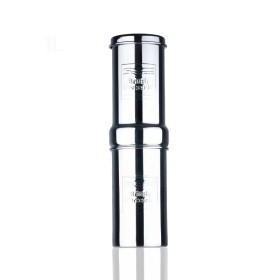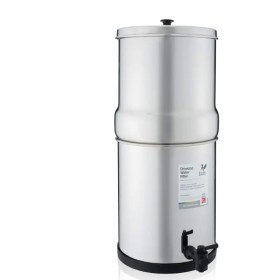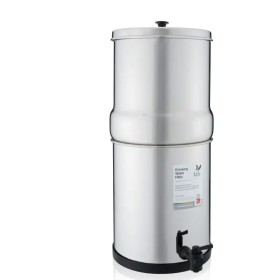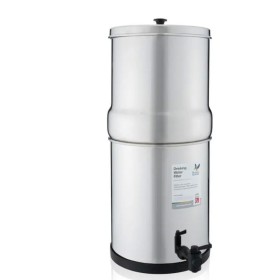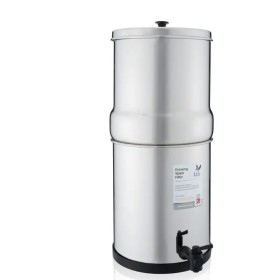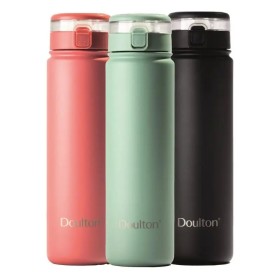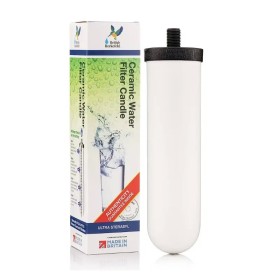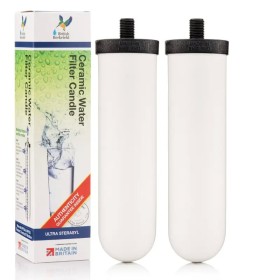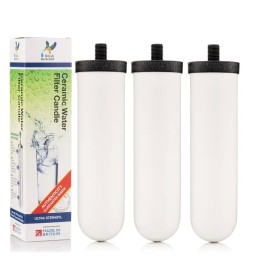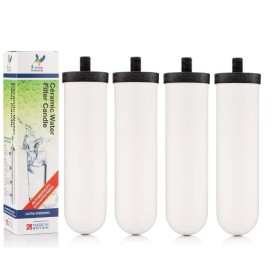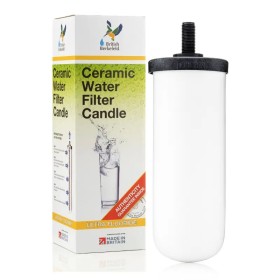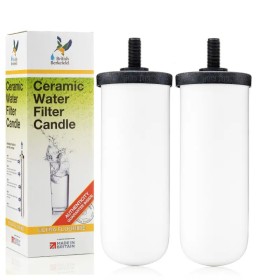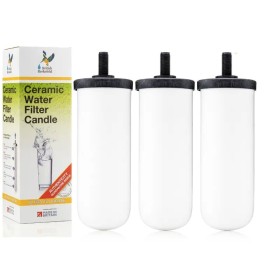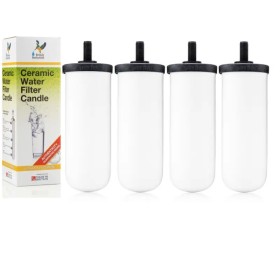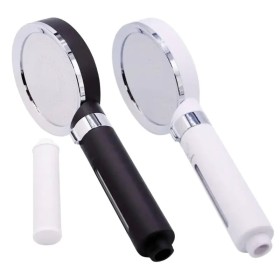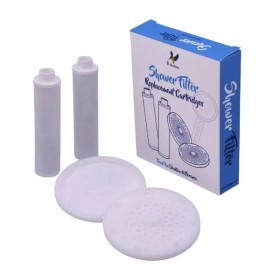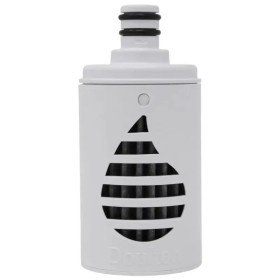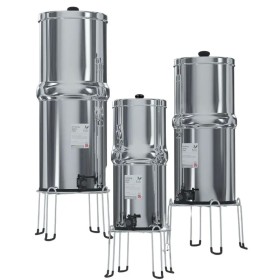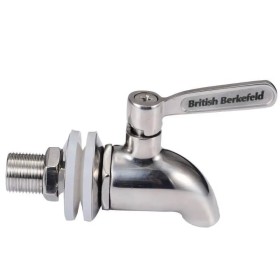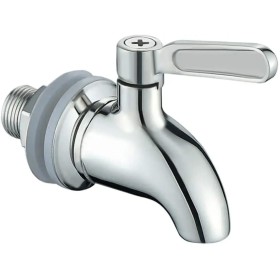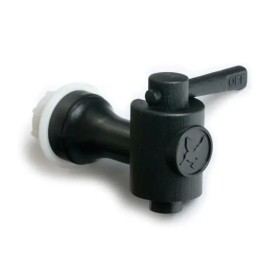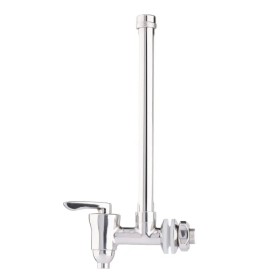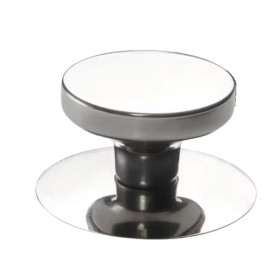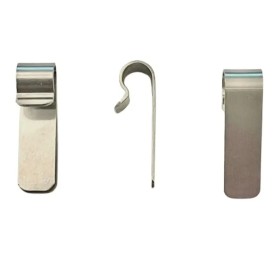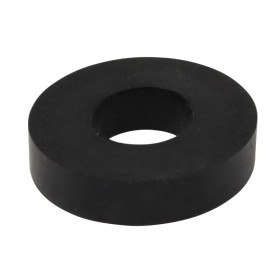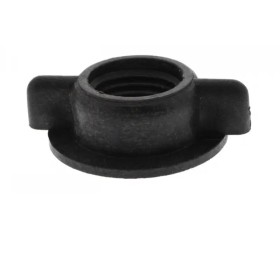Faq Sections
Exactly. Ultra Sterasyl and Ultra Fluoride filter cartridges have threaded rods whose diameter is perfectly suited to other stainless steel tanks on the market.
What's more, they perform well on many pollutants and are NSF certified.
If you're not sure which one to choose, take a look at this page.
Ultra Sterasyl and Ultra Fluoride cartridges contain silver for its bacteriostatic properties. This prevents bacteria from proliferating and developing in the filters.
The ceramic of the Ultra Fluoride and Ultra Sterasyl filter elements acts as a barrier. Bacteria, like many other pollutants, are blocked and cannot pass through the tiny pores of this envelope. Only pure, drinkable water can penetrate the filters.
Details of British Berkefeld® filtration are explained on this page.
Show More >>
A TDS (Total Dissolved Solids) meter measures the total amount of mobile charged ions in a given volume (including dissolved minerals). Often expressed in mg/L or parts per million (ppm), this measurement is supposed to indicate the purity of the water.
So why can't you use a TDS reader to check the quality of filtered water?
Because water with a high mineral content but no pollutants will have a high TDS value. Whereas water loaded with pollutants but not in ionic form and with little or no dissolved salts or minerals will have a lower value... If we were to rely on the TDS value, we could say that the former is more polluted than the latter, which is not true.
So don't expect to find out the quality of your water, wherever it comes from, with a TDS reader. It's not designed for that purpose and will never detect potential pollution. A TDS meter does not measure the quantity of biological and chemical contaminants. At most, it will tell you whether your water is 'pure', i.e. with few elements dissolved in ionic form. But it will never tell you whether your water is polluted or not.
Finally, you should be aware that if your water is highly mineralised, it will be just as much so once filtered by your British Berkefeld®, and the TDS value will often even be higher than the initial value, before filtration, because there are soluble minerals in the filter ceramic, including calcium and magnesium.
And as explained on this page, British Berkefeld® filtration elements allow the beneficial minerals dissolved in the water to pass through in ionic form...
The pH of the filtered water is totally dependent on the pH of the water introduced into the system. Filtering water through a British Berkefeld® system will only slightly modify the final pH. It will tend to rise very slightly, due to the minerals soluble in the ceramic, such as calcium or magnesium, which can partially dissolve in the water as it passes through the filter.
British Berkefeld® filters have been designed to remove many pollutants, but they do not filter minerals, as explained on this page.
A softener usually uses salts to soften the water. These salts will pass through the filter without being eliminated and will therefore end up in your filtered water. However, some appliances use a bypass to remove water before it passes through the softener. In this case, you need to filter this water and not the water treated by the softener.
For softeners that work without salts, it is necessary to have the manufacturer confirm that the softened water is drinkable, which in this case should not pose a problem for filtering.
It's perfectly normal! As this is a gravity-fed water filtration system, the water passes through the filters thanks to the force of gravity and water pressure. As the water level drops in the upper tank, the pressure exerted on the water to force it through the filter decreases. When there is almost no water left, the pressure is too low to push the water through.
It is because of this principle that filtration is much faster at the beginning, when the upper tank is full, than at the end.
As a result, you'll always have between 1 and 2 cm of water left in the top tank. This is not a problem, as with each filtration cycle, this residual water is mixed with the new volume of water and filtered again.
The only time you need to empty this water, as well as the water in the lower tank, is if you're going to be away for a long time.

